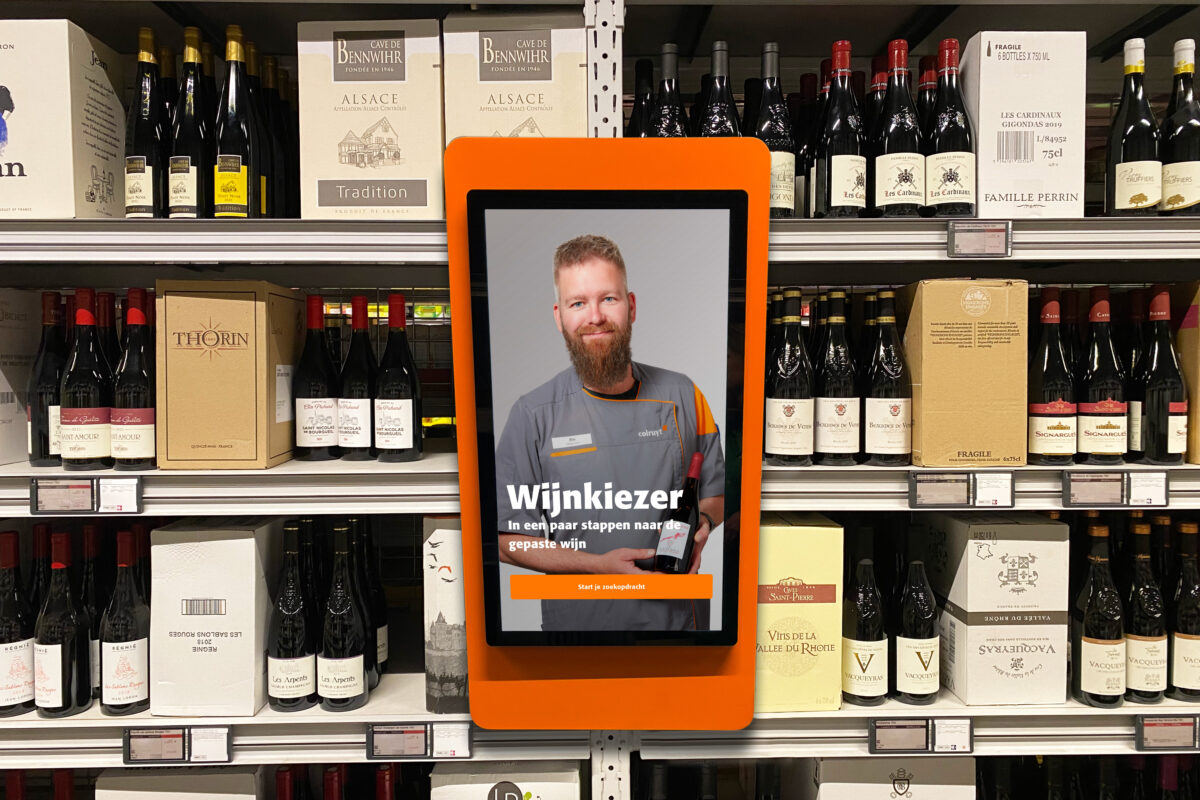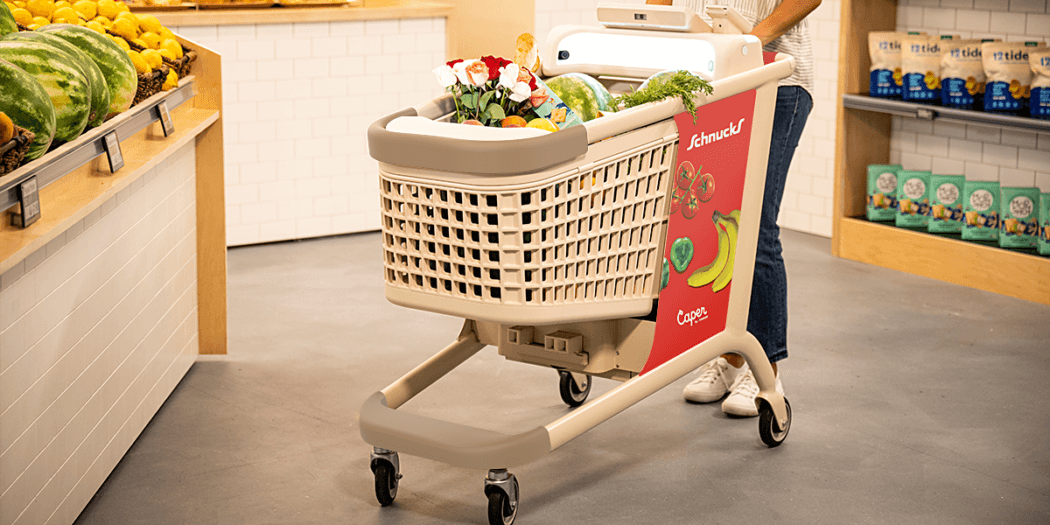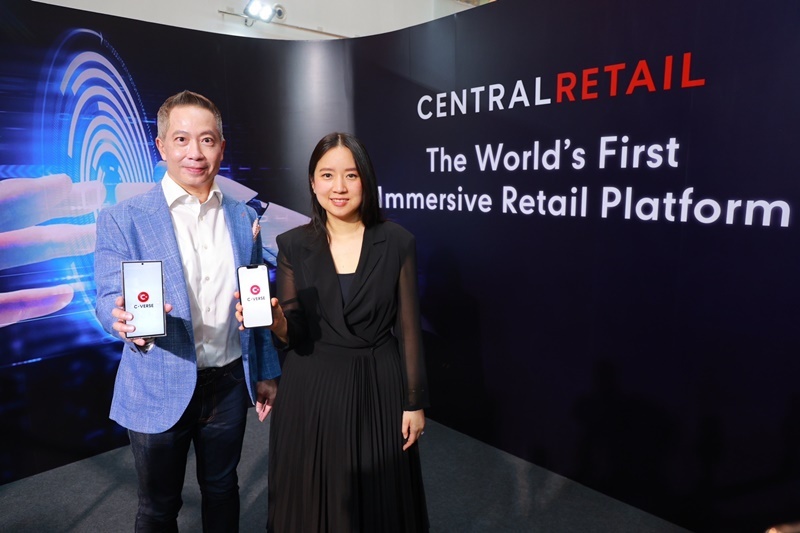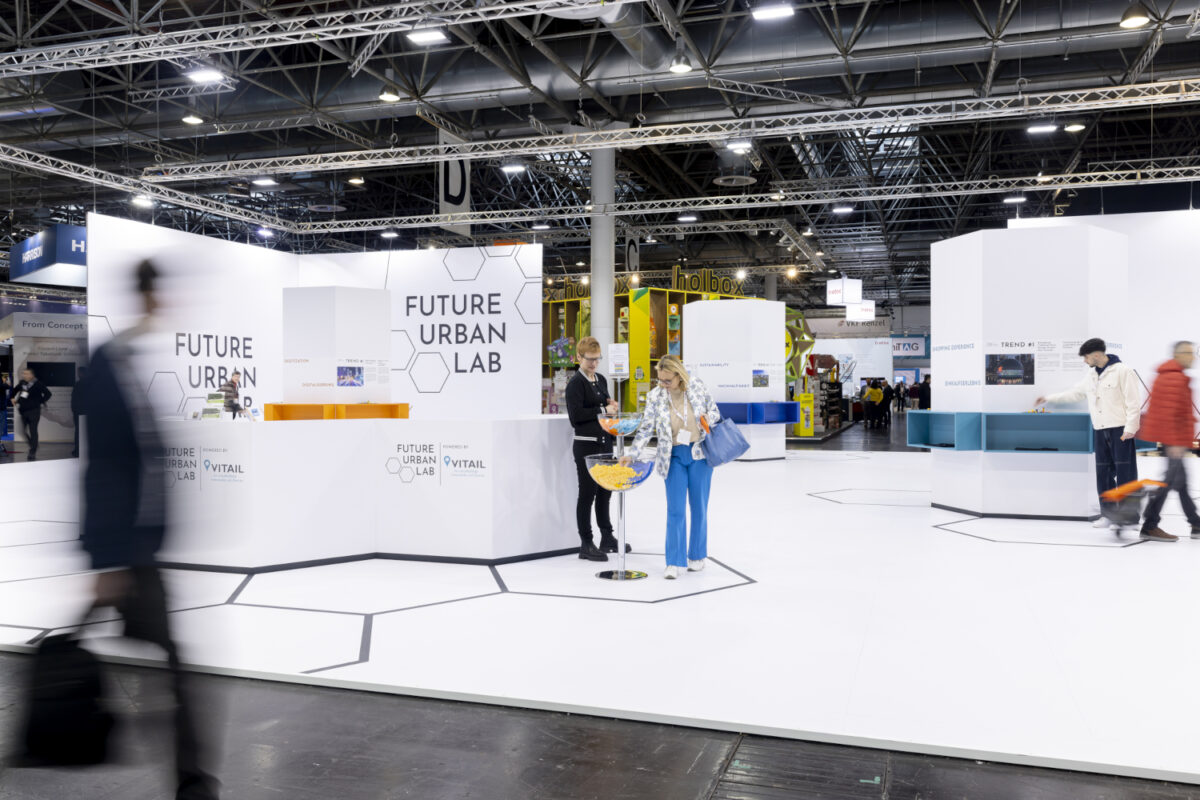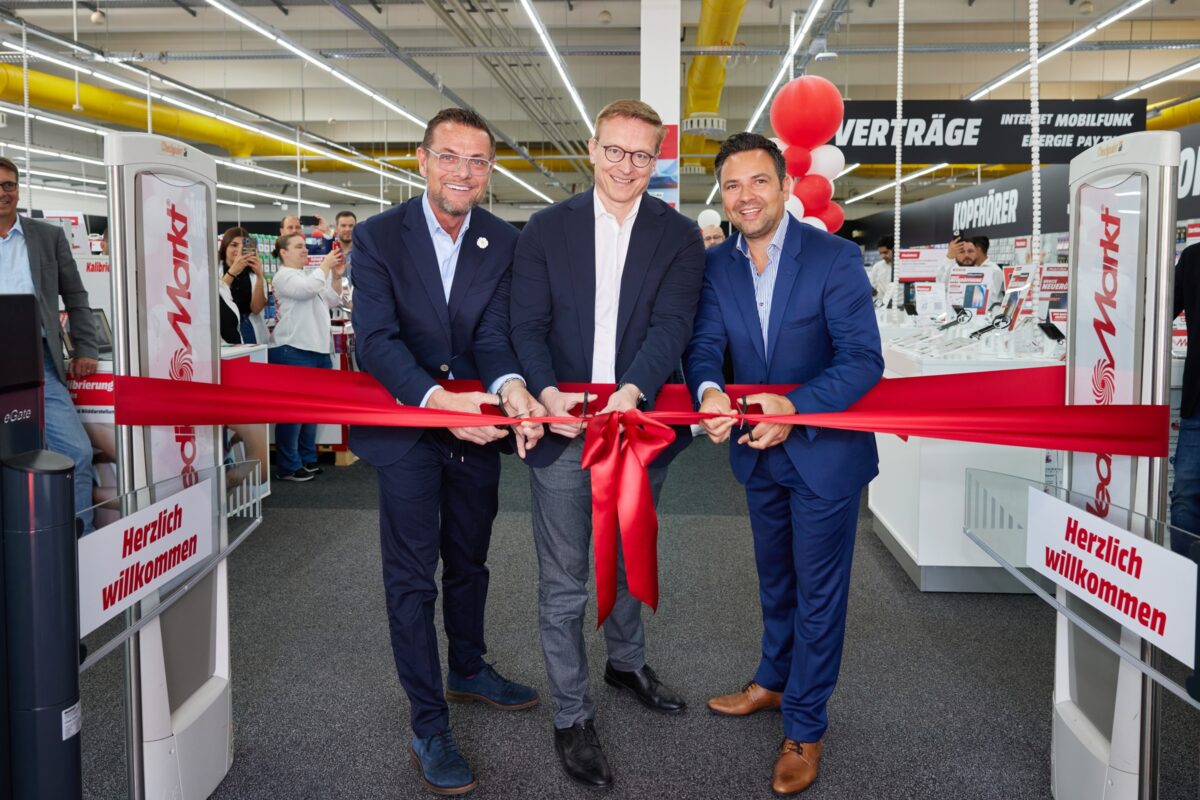How Artec 3D’s handheld scanners facilitate the entry into interactive e-commerce
Online shopping has been booming for years; in the last five years alone, the market volume of online retailing has almost doubled. In 2021, the German E-Commerce and Distance Selling Trade Association (german: Bundesverband E-commerce und Versandhandel bevh) estimates the market volume at 94 billion euros. But classic online shopping is still quite static and offers customers few opportunities to experience products in all dimensions. Virtual reality (VR) and augmented reality (AR) therefore offer a wide range of possibilities to depict the products in a less static way.
Luxembourg-based Artec 3D manufactures handheld 3D scanners that enable small businesses to keep up with the big competition in VR and AR. Andrei Vakulenko, Chief Business Development Officer of Artec 3D, explains in an interview what possibilities their technology offers and how customers react to such solutions.
Andrei, why are companies now more interested in VR and AR solutions than they were a few years ago?

©Artec 3D
Andrei Vakulenko: Online retail has been growing for a long time, but the pandemic kickstarted everything digital into the next gear. All the major retailers understand that people more and more want to purchase goods online, instead of going to physical shops, so the stores that can provide a high-quality digital solution which really shows how products look in real life will make the most sales. AR and VR technology is the most true to life way for customers to experience digitalized products.
What concept have you developed to depict products in a way that is suitable for AR and VR?
In order to digitalize items so you can use them for AR and VR you have three options. A 3D modeler can model them from scratch, but this is very time consuming and the final result is difficult to make look realistic. The second option is to photogrammetry to make a 3D model (combining photos of the object taken with a professional camera). This will give you a 3D model with great colour, but the shape of the object will be inaccurate and the process is also very time-consuming.
The third option is to use a 3D scanner, which will create a highly accurate replica of the object in 3D. If you use one of our professional 3D scanners, the result will be accurate to the submillimeter in full colour and show all the fine details in the object – for example wood grain or the texture of material. And now since the release of our last software in September, Artec Studio 16, you have the option of adding photos to your scan, giving your 3d model photo-realistic colour as well. The process is straight-forward and doesn’t require any additional software. You can even use your phone to take the photos, but you can achieve maximum results using a professional camera and a lightbox.
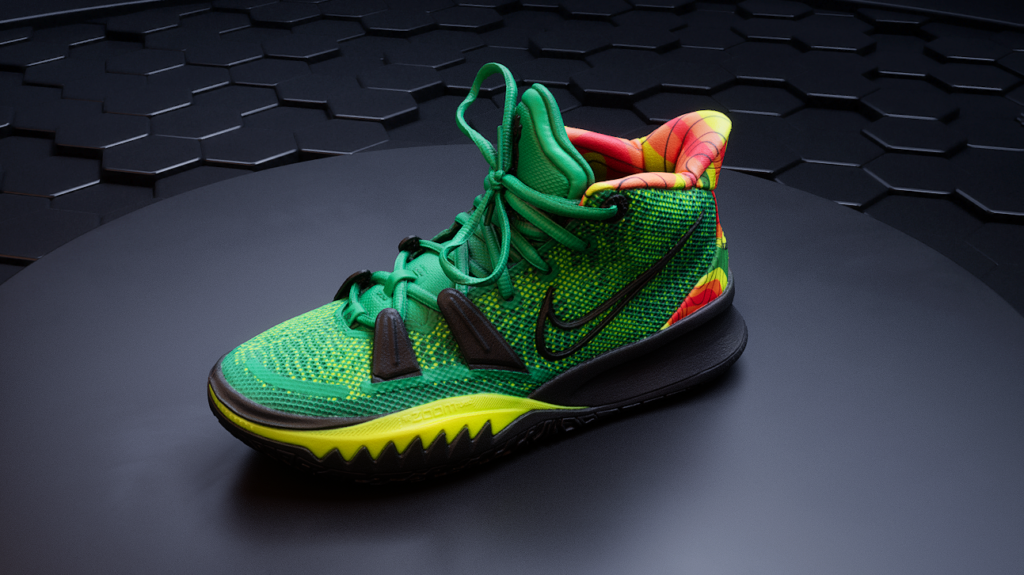
©Artec 3D
For which products and industries are such solutions interesting?
Of course, retail, as already mentioned, but also historical preservation, museums, Computer Generated Imagery (CGI) for films and computer games.
How do customers react to such solutions?
Our customers are extremely excited! After the release of Artec Studio 16, our most popular content on social media has been about this photo texture feature! The feature came as a total surprise to our clients and others interested in 3d digitalization because there is no solution like it. We had so much interest and so many questions that we decided to run our first ever public webinar.
VR and AR solutions live and up close? Experience this from 15-17 February 2022 at EuroCIS 2022 – the Leading Trade Fair for Retail Technology.
Keyword Omnichannel – can stationary retailers also use the technology in their stores?
Sure! Most stores have a limited about of space and so cannot keep all options in stock. Using AR/VR solutions, they can show customers all options available, even if the physical item is not in stock.
What role will such digital solutions play in the future? Will they replace retail shopping?
While online retail will continue to grow, it’s unlikely that physical shops will stop existing altogether. People still like the face to face aspect, the ability to ask questions and advice. More likely is that shops will become hybrid spaces with some items in stock, but with a large part just available to view digitially and order in or order directly to the customer’s home.






